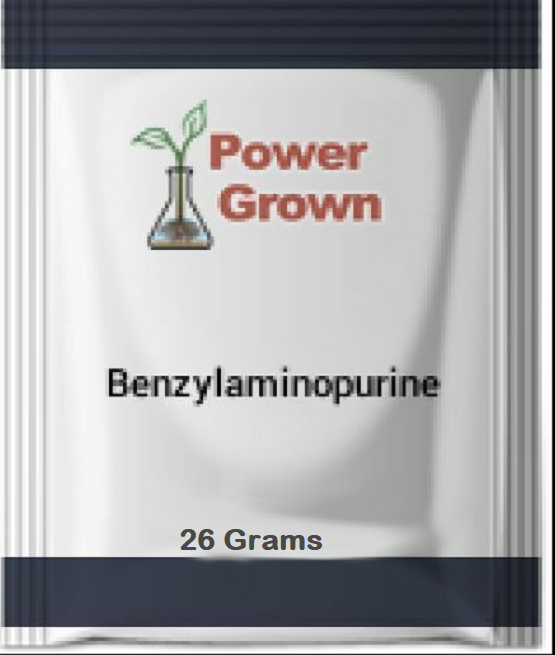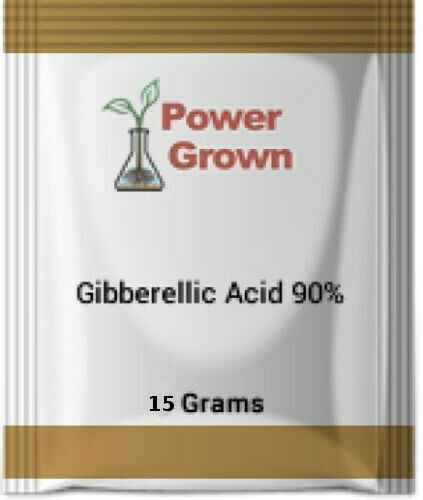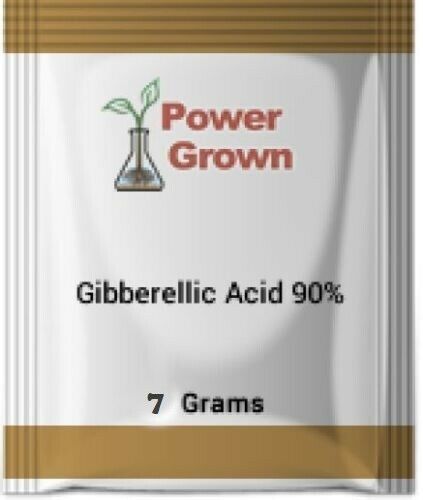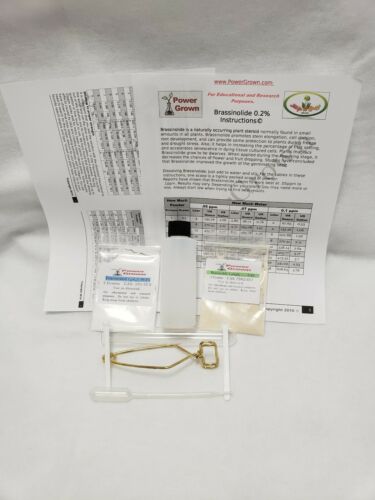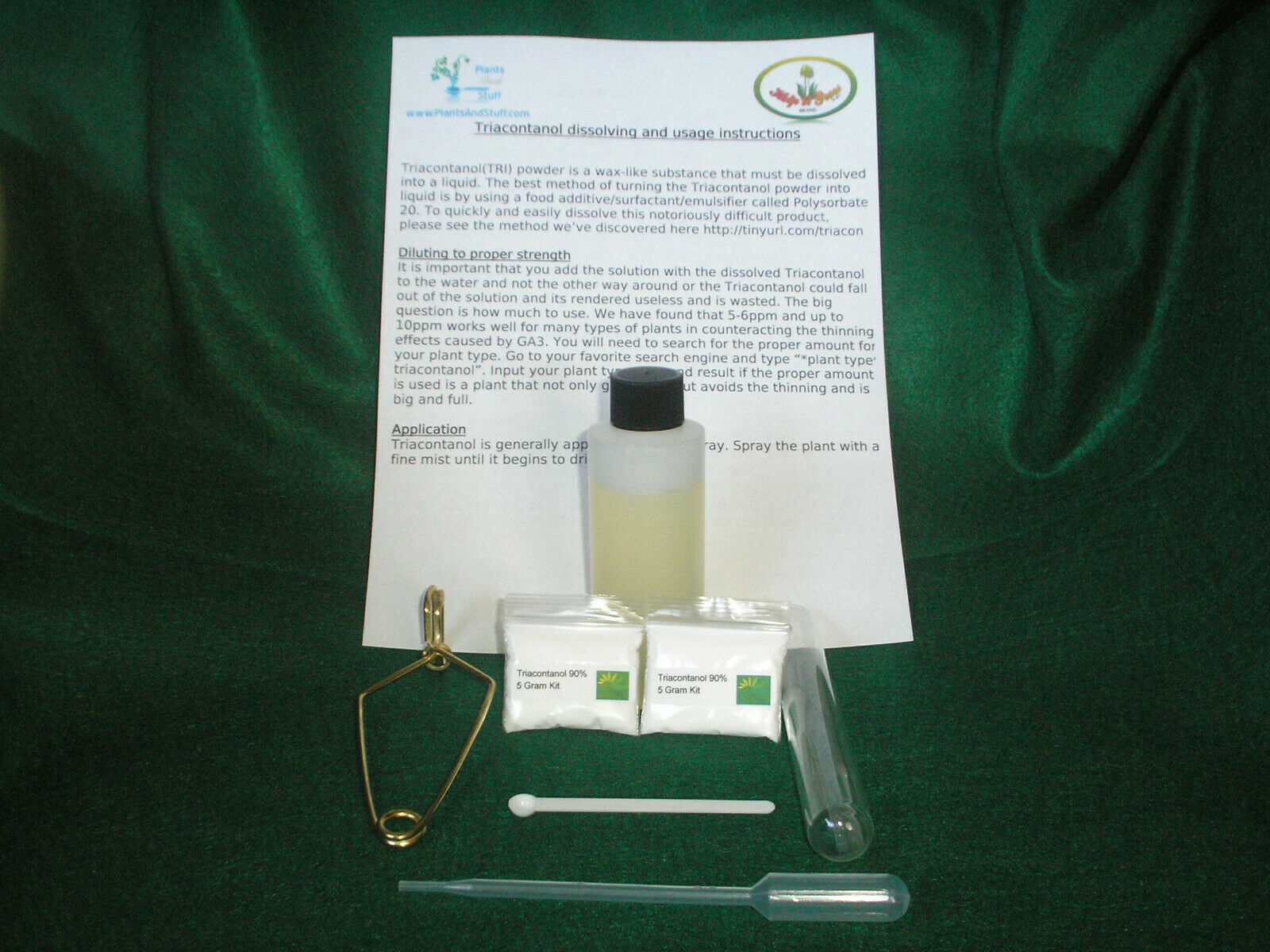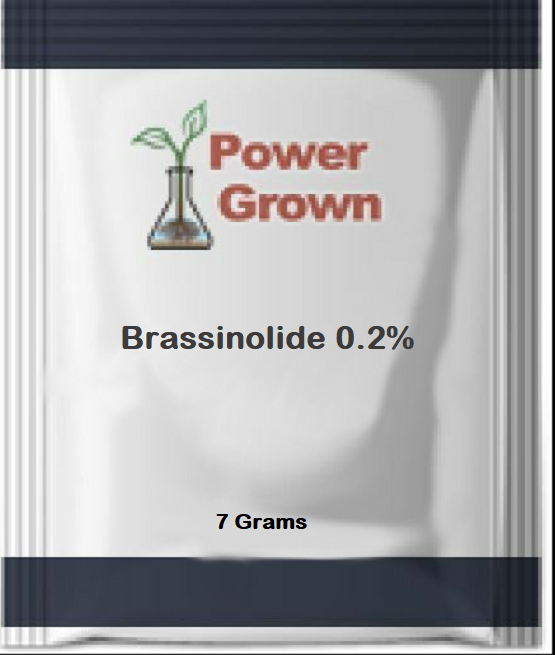-40%
True Fulvic Säure 90% konzentrierter, huminova Marke 40 Gramm
€ 6.28
- Description
- Size Guide
Description
No sales to California residents. Please message us for a possible solution.True Fulvic Acid made from leonardite
This listing is for 40 grams. Enough for 25-100 gallons.
True fulvic acid is made from Leonardite, a waxy mineraloid made up of decayed plant matter that is millions of years old. Organic fulvic acid is man made
.
This is HUMUNOVA brand SUPER CONCENTRATED FULVIC ACID POWDER. Just 800mg( under 1 gram),slightly less then
Â
¼ teaspoon is enough for 1 GALLON of ready to use fulvic acid foliar spray. Use
Â
½ teaspoon/gallon for root drench and
1/8
teaspoon/gallon for hydroponic application
.
This particular fulvic acid
is made from a short carbon chain molecule created from fulvic acid using the latest in cutting edge technology,
ENABLING IT TO BE EXTREMELY CONCENTRATED
.
Fulvic acid has a high loading capacity giving it extremely
HIGH BIO-AVAILABILITY
and best available
SUPERIOR CHELATING ACTION!
The dilution ratio is 1:5000 to 1:3000
Fulvic acid helps plants deal with drought and freeze better. Its
Superior Chelating action
is highly desired by
hydroponic growers.
It greatly improves the plants ability to absorb nutrients. It readily penetrates the cell walls of the plant, carrying nutrients and or plant growth hormones along with it when applied as a foliar spray.
This miracle molecule, fulvic acid passes through plants cell walls with ease. Fulvic acid acts as a claw or chelating agent attaching to minerals that would otherwise be rendered useless to plants. Essential nutrients vitamins, and or plant growth regulators which plants may not be able to assimilate easily, will piggyback on the fulvic acid to be transported to all cells that need them. This miracle molecule has incredible potential when used for soil enrichment, in hydroponic applications and as a foliar spray.
When necessary, they act as "free-radical" scavengers, supply vital electrolytes, enhance and transport nutrients, catalyze enzyme reactions, increase assimilation, stimulate metabolism, chelate and change inorganic minerals into organically complex minerals, solubilize, energize and transport major and trace elements to the site of need, and demonstrate amazing capacity for electrochemical balance.
Fulvic acid is a natural orcanic molicule which has survived through the many years of evolution on Earth.It has chemical properties that allow plants to absorb more nutrients, and increases water storage capacity within the plant. Fulvic is so powerful that one fulvic molecule is capable of carrying 60 or more minerals and trace elements into the cells. It also prolongs the time that essential nutrients remain in the plant cells, maximizing nutritional potential. Fulvic acid increases plant metabolism thus naturally increasing growth.
One property of fulvic acid is its ability to assimilate with other minerals in the ground when in a soluble state. It helps turn minerals into a more organic, usable product. When the minerals turn more organic, they are more readily and easily absorbed by plant roots. On top of this, fulvic acid transmits immunity to all living things. It reacts to everything including living cells, plants, animals, and even microscopic organisms.
Fulvic acid may be administered via foliar applications. It has a very low molecular weight which facilitates penetration into plants. Nutrients can be quickly delivered to all sites within the plant correcting deficiencies and restoring natural balance. To increase the number of internodes or flower sites a plant produces, fulvic acid can be foliar sprayed as soon as the first flower sites appear.
The most exciting discovery in glasshouse agriculture in recent years is the application of fulvic acid in hydroponic or soilles cultivation. Agricultural scientists have been aware of the benefits of soil applications of fulvic acid for many years. However, it was only recently discovered that fulvic acid could provide the same benefits to soilless crop production.
Adding fulvic acid to the nutrient solution once plants are established, around the second week, strengthens their immunities and increases their resistance to stress. Plants are not as susceptible to slight environmental changes in temperature or humidity. Fulvic acid will not compensate for poor hydroponic cultural practices however it does offer a buffer against minor inconsistencies.
Nutrient up take is definitely enhanced when fulvic acid is added to the solution. Plants receive a steady supply of food as they require it. Sediment is reduced or eliminated from the nutrient solution when fulvic acid is added. Fulvic acid discourages binding which can cause minerals to fall out of suspension, rendering them unusable to plants.
Fulvic from the word "fulvus" meaning yellow, fulvic acids are light yellow to brown in color. Fulvic acid is considered the miracle of minerals because it not only affects plants it affects us. Before commercial farming depleted nutrients from the soil, fulvic acid was abundant in the foods consumed by humans. The introduction of NPK fertilizers, for the production of super crops and the overuse of land has left the soil void of this vital mineral. The natural ingestion of plant based fulvic acid in the human diet has decreased to a minimal amount. Many natural health care practitioners are recommending fulvic acid to patients as an immune system booster, detoxifier and to help with the absorption of vitamins and minerals from foods.
The agricultural benefits of fulvic acids have enormous potential to heal soils of the world and neutralize radioactive and toxic wastes. It also decreases the need for antibiotic use in feed lot animals and birds, increasing healthy growth.
Comes with free tracking.
Ships within 1-3 days of purchase.
Track Page Views With
Auctiva's FREE Counter

